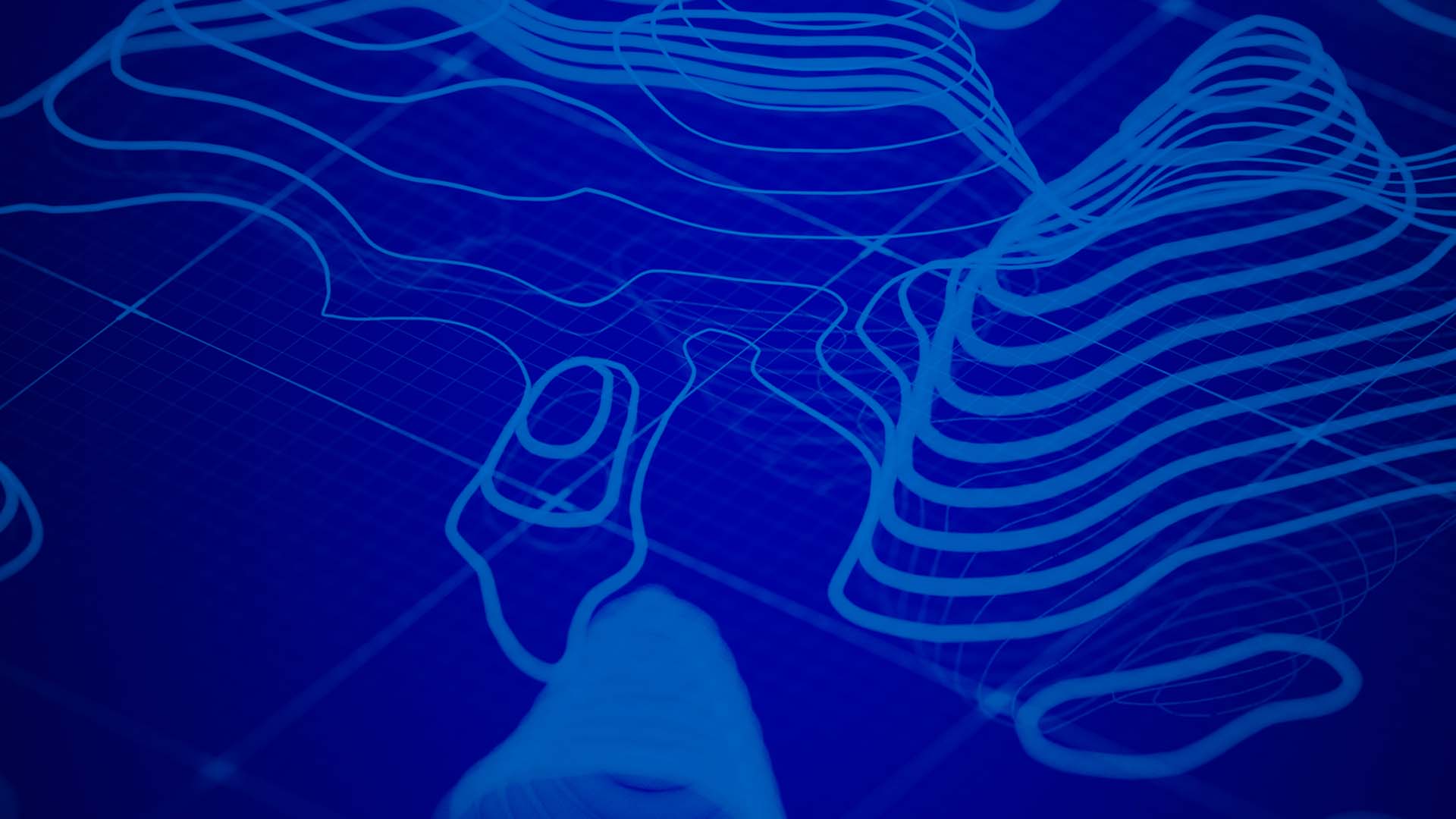The 2019 Esri Federal GIS Conference focused on the evolution of geospatial technology and its role in inspiring what’s next in government. Over two days at the Walter E. Washington Convention Center in Washington, D.C., more than 5,000 attendees came together to explore how continuing advances in GIS make it easier than ever to collaborate, understand, and communicate information in creative new ways.
Recently passed legislation such as the Foundations for Evidence-Based Policymaking Act and the OPEN Government Data Act highlight the importance of sharing authoritative information and using it to make better decisions. Esri’s Pat Cummens shared how ArcGIS Hub makes it easy for organizations to comply with these new laws while engaging the public and sharing information with stakeholders. More than 4,000 organizations (including 84 US federal agencies) have already enabled open data through ArcGIS Hub, allowing them to share data in opern formats with only a few clicks and feed data catalogs directly to data.gov.
Keynotes Stress Modernization and Responsive Government
Since 1902, the Census Bureau has undertaken the critical task of counting every person in the US as a largely manual process. Dr. Ron S. Jarmin, deputy director and chief operating officer of the US Census Bureau, discussed how the bureau is digitally transforming the 2020 Census for the 21st century. By using GIS to modernize workflows from operations to the field, the bureau expects to make the intricate and comprehensive process more efficient.
William Priest, director of the Geospatial Commission Cabinet Office in the United Kingdom, talked about the pressures governments face in the 21st century and how they influenced the establishment of a geospatial cabinet. Their goal of stronger collaboration across government to drive a smart nation and economy has led to the development of a collaborative geospatial infrastructure.
Federal Users Complete the Mission with GIS
When a disaster strikes, sharing information is foundational to understanding what’s happening and driving recovery. But agencies also have a responsibility to protect personally identifiable information. The US Army Corps of Engineers uses ArcGIS GeoEvent Server in disaster recovery situations to connect engineers, homeowners, contractors, and other agencies. The system enables everyone to have access to important data while protecting PII.
For the US Marine Corps, intelligence means having the right information at the right time to successfully execute a mission. MSgt Timothy Muckey discussed how every analyst at the USMC can use the Intelligence Configuration for ArcGIS Pro (ICAP) to create intel workflows that provide timely, mission specific information when they need it.
The National Geospatial-Intelligence Agency is tasked with delivering trusted GEOINT at the “speed of need.” Sue Kalweit, director of the Analysis Directorate at NGA, explained how geospatial technology is enabling analysts to spend more time doing predictive, anticipatory analysis. These tools enable the NGA to better understand and communicate critical information to the State Department and other stakeholders throughout government.
Recognizing Innovative Organizations
NatureServe, a leader in the field of conservation GIS, won this year’s Making a Difference Award for their efforts to provide high quality, authoritative geospatial information, conservation planning, and decision-support tools.
The Federal Small Business Specialty Award for FSBS Partner of the Year went to Blue Raster, who used GIS to assist NASA with the Transboundary Water Management Data Explorer by providing hydrologic and other data such as precipitation, atmospheric flow, soil moisture, population, and land cover.
The Federal Small Business Specialty Award for FSBS Collaboration Partner was granted to geocgi for their collaborative efforts to develop applications for the United States Marine Corps GEO Fidelis Program.
New Products and Capabilities
The FedGIS Conference also provided a great insider’s look at what’s new from Esri:
- Esri announced the new ArcGIS Notebooks, coming in March, that bring spatial analysis and data science together in ArcGIS Enterprise. As an integrated Python Jupyter notebook, ArcGIS Notebooks can be used to extend analysis, coopreratively code from numerous devices, and share reports with teams and organizations.
- Recent updates to Insights for ArcGIS make powerful analysis simpler than ever. This location-powered spatial BI provides powerful data analytics, charts, and mapping to discover relationships, perform analysis, and take action.
- ArcGIS Pro 2.3 includes several new features in mapping and charting, as well as powerful deep learning capabilities that put even more insightful spatial analysis at your fingertips.
- New capabilities in ArcGIS Online allow users to visualize and analyze their data, add and style new vector basemap layers, and share these across organizations.
- The new Tracker for ArcGIS and improvements to Collector for ArcGIS will optimize field operations across agencies by improving location tracking.
- The newly relaunched ArcGIS for Developers makes developing and sharing apps simple and free, giving developers flexible new options for making the maps that run the world.
For more on the 2019 Esri Federal GIS Conference, check out videos from the Plenary Session online.
